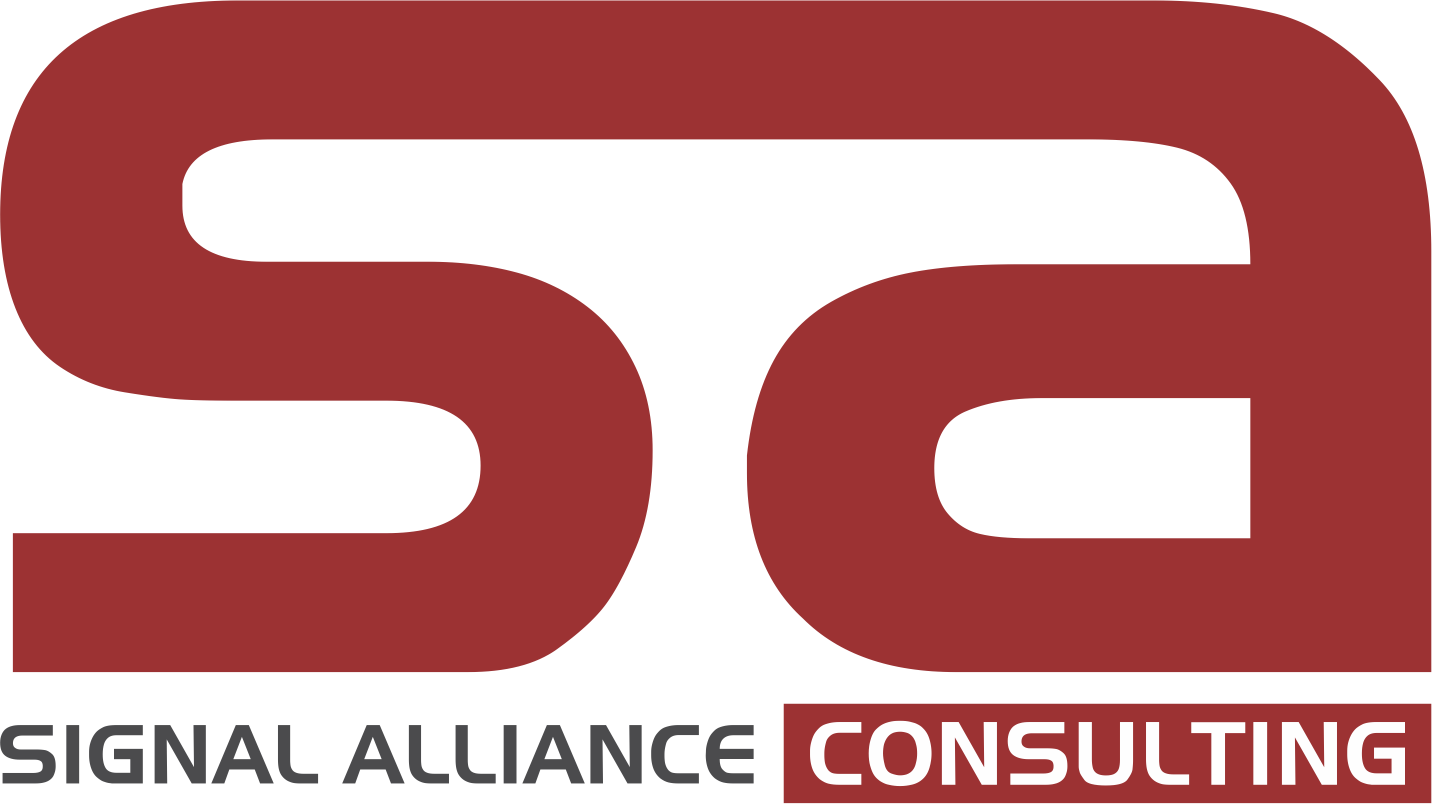Introduction:
FSI: The Financial Services Industry is a complex and dynamic industry that relies heavily on technology to manage financial transactions, detect fraudulent activities, and monitor market trends. Therefore, it is essential to have a comprehensive observability solution that can provide real-time insights into the performance of various systems, applications, and infrastructure components. In this whitepaper, we will discuss full-stack observability and its importance in the FSI vertical, along with some insightful data from Gartner.
What is Full-stack Observability?
Full-stack observability is a comprehensive approach to monitoring and analyzing the performance and behavior of all the components that make up an application or system. It involves collecting, processing, and analyzing data from various sources, including logs, metrics, traces, and events. Full-stack observability provides real-time insights into the performance of the entire stack, from the frontend user interface to the backend infrastructure.
Why is Full-stack Observability Important in FSI?
The FSI vertical is a complex industry that relies heavily on technology to manage transactions, detect fraudulent activities, and monitor market trends. Therefore, it is essential to have a comprehensive observability solution that can provide real-time insights into the performance of various systems, applications, and infrastructure components. Full-stack observability is crucial in the FSI vertical for the following reasons:
-
- Compliance: The FSI vertical is heavily regulated, and organizations are required to comply with various regulations, such as PCI-DSS, HIPAA, and GDPR. Full-stack observability provides a holistic view of the entire system, making it easier to identify compliance issues and ensure that all regulations are being met.
-
- Security: The FSI vertical is a high-value target for cybercriminals, and organizations need to ensure that their systems are secure. Full-stack observability can help detect security breaches and potential vulnerabilities before they become a problem.
-
- Performance: The FSI vertical is a fast-paced industry where every second counts. Full-stack observability can help organizations identify and resolve performance issues before they affect customers or cause financial losses.
-
- Customer Experience: The FSI vertical is customer-centric, and organizations need to provide a seamless experience to their customers. Full-stack observability can help identify issues that affect the customer experience and ensure that they are addressed promptly.
Insightful Data from Gartner:
According to Gartner, by 2023, 60% of organizations will use fullstack observability tools to improve the customer experience, up from less than 5% in 2019. The report highlights that fullstack observability provides real-time insights into the performance of various systems and applications, enabling organizations to identify and address issues that affect the customer experience.
Gartner also predicts that by 2025, 75% of organizations will have a centralized observability team responsible for monitoring and analyzing the performance of all the components that make up an application or system. The report highlights that a centralized observability team can provide a holistic view of the entire system, making it easier to identify and resolve issues that affect the performance and security of the system.
Another report by Gartner highlights the importance of observability in the cloud-native era. The report highlights that as organizations adopt cloud-native technologies, such as containers and microservices, the complexity of their systems increases, making it challenging to identify and address performance issues. Observability tools can help organizations monitor and analyze the performance of their cloud-native systems, enabling them to identify and address issues before they become a problem.
Conclusion:
In conclusion, full-stack observability is a critical requirement for the FSI vertical. It provides real-time insights into the performance and behavior of various systems, applications, and infrastructure components, enabling organizations to identify and address issues that affect compliance, security, performance, and customer experience. With the increasing adoption of cloud-native technologies






